Vashaki: the leader who accepted the inevitable changes
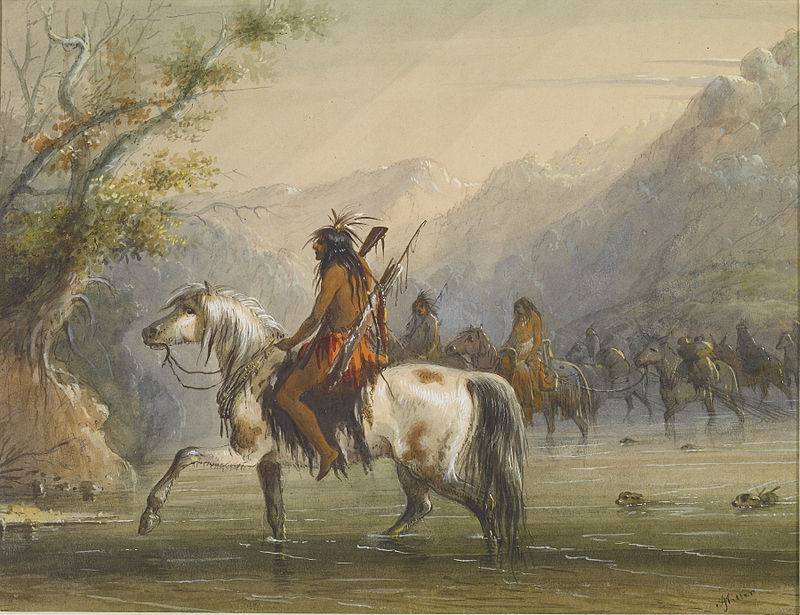
Karl May. Deserts and Prairies
Native American War. It has always been and will be that the clash of two different civilizations gives rise to conflict, which is primarily associated with cultural shock. Here, for example, how do you like such a funny incident, about which one of my acquaintances told me that she works in India. She once went to work on a cycle rickshaw. And then the traffic jam, everyone stood up, and the worst thing is that an elephant stopped next to them. And ... he began to lighten right there. And it began to plop out onto the pavement, and the driver of the rickshaw took out the plywood (he was experienced) and began to “mistress” with her help to close the spray, but ... anyway, it got on her. Well, there was much more there ...
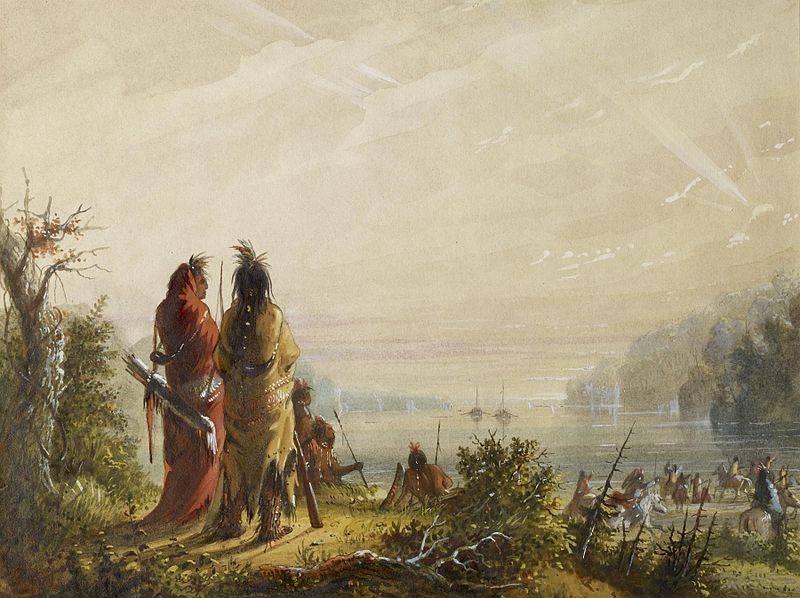
Now let's take the USA of the era of development of the Wild West. On the one hand, the Indians, until 1500 engaged in foot, that is, very difficult and unsuccessful, hunting for bison. And there were relatively few of them. But by 1700 they mastered the art of riding, received white dishes from whites, and already in 1800 it was a completely different world where people had meat in abundance and ... their explosive reproduction began. Now the Great Plains have become the habitat of many tribes, which it was the white man’s horse that helped them master.
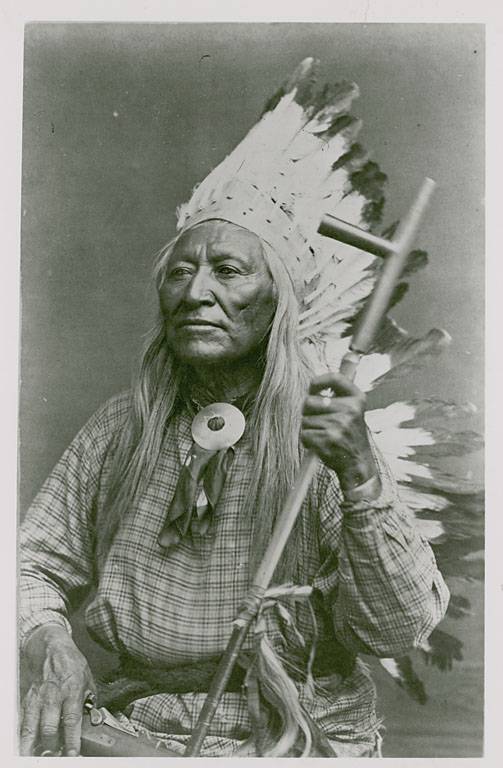
But the time has come, and a stream of immigrants from Europe surged into America. They paid for the move, they paid for the land, they worked hard in the factories, fought in the army of the northerners, and finally they, yesterday's peasants from France, Italy, Ireland, Poland, Greece, got land there under the law on homesteads. But some "indices", naked dirty savages, interfered with them. They burned their farms, they prevented them from developing gold veins, removed scalps from them. The concept of tolerance at that time was completely absent. The savage was a savage, that he was a man, no one even thought. So it is not surprising that a whole series of “Indian wars” swept through the Wild West, bloody and merciless, but natural and inevitable at that distant time. The Indians considered themselves masters of their land and did not want to change their usual way of life to “white civilization”, and they were in their own right, only people began to understand this only very recently, and in those years the white man’s right dominated the law of everyone else. However, even at that time, there were smart people among the Indians who understood that they would have to change, and for this, first of all, one should stop quarreling with the pale-faced. And one of them was the leader of the Shoshone tribe - Vashaki.
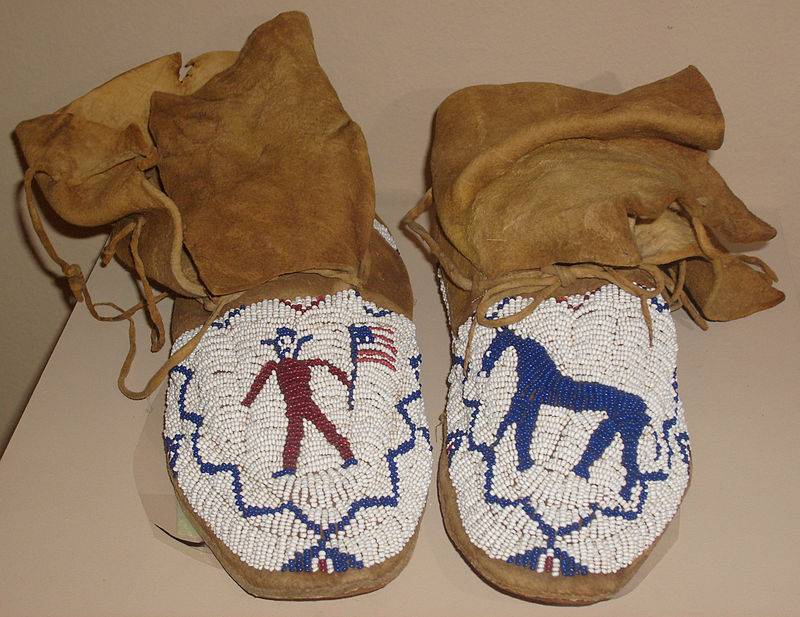
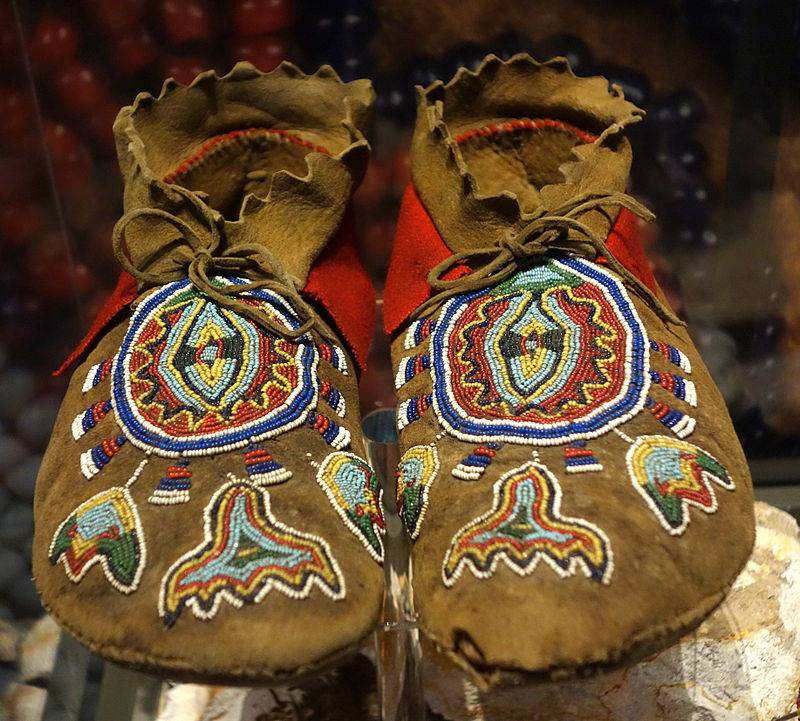
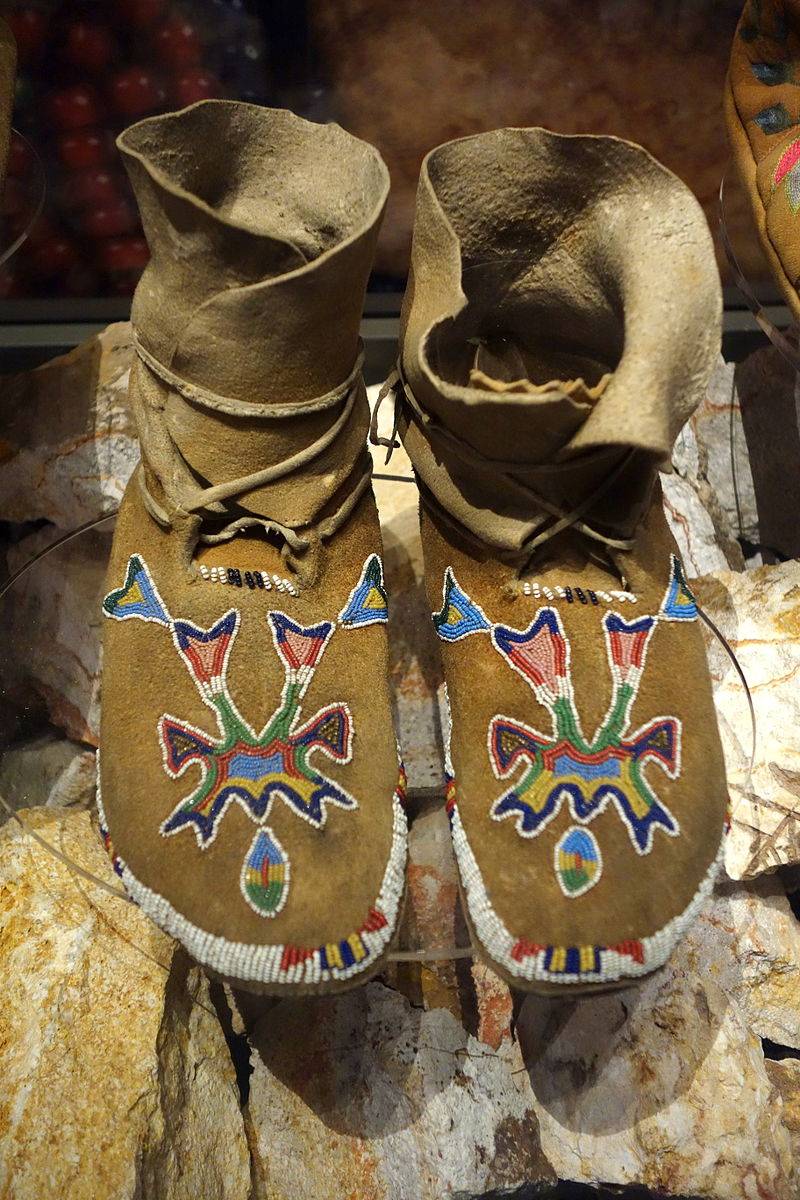
First of all, about the Shoshone itself. They called themselves Nyma or Nyva, that is, “people,” they spoke the language of the Uto-Aztec language family, but they did not live in Mexico at all, but in the Great Basin region - the mountainous region where Oregon, Idaho, the western region of Utah are located , most of Nevada and California. It is here that the Big Salt Lake is located, the shores of which have become a refuge for Mormons. Shoshone are not homogeneous in their culture, but are divided into northern, western and eastern. Oriental were the most developed. Their culture was transitional, from the specific culture of the Great Basin, to the culture of the Indians of the Great Plains. The tribes of the eastern Shoshone were quite warlike. In any case, they had two military alliances. The first was called "Yellow Tops." It included young warriors, who were the first to attack the enemy, and the second: "Logs", which included experienced warriors, like the Roman triaries.
So Vashaki (c. 1804-1900) was the supreme leader of the eastern Shoshone. His father was from the Bannock tribe, and his mother was a Shoshonka from the vicinity of the Wind River. He spent his childhood among the Flathead Indians (“flat-headed”), who roamed the lands of the modern state of Montana, and only after the death of his father returned to the Shoshone with his mother. Apparently, trying to earn the respect of his fellow tribesmen, who, due to his origin, most likely looked down on him, constantly participated in battles against the Crow and Blackfoot, and gained a reputation as a brave warrior, as evidenced by the arrow scar on his face.
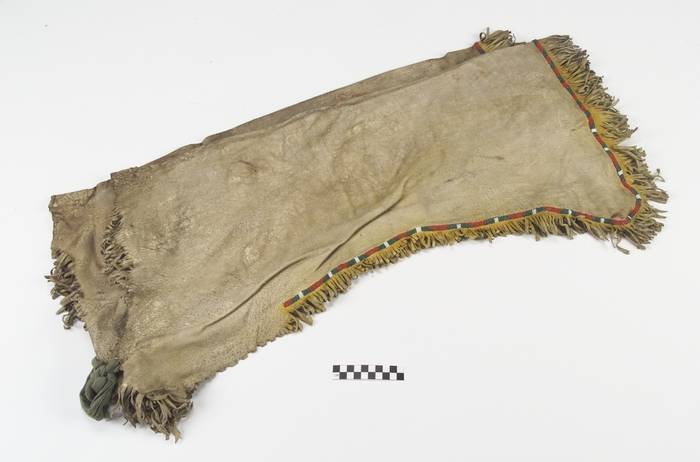
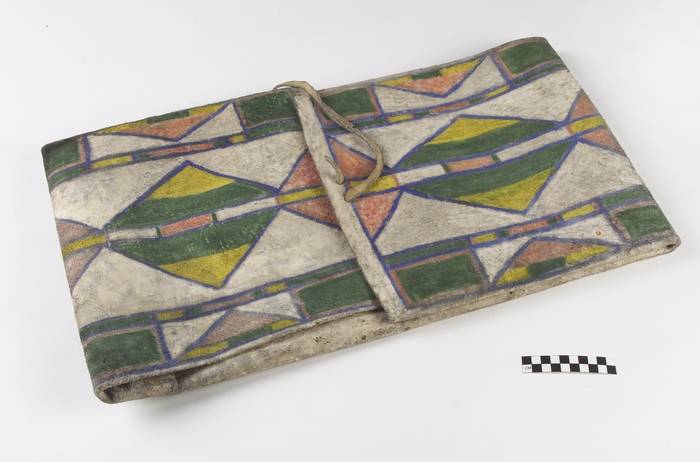
His past was forgotten, and at the end of the 1840s, Vashak became the supreme leader among the eastern Shoshone. The fact that he was bold is obvious. But he had the wisdom to keep his tribe from participating in the uprising of the rest of the Shoshone, who, in 1863, led by the leaders of Pocatello and the Bear Hunter, opposed the whites and seriously suffered as a result. On the contrary, he tried to make friends with white, especially army officers, and this friendship came in handy when in 1865 their original Sioux-Dakota enemies attacked the Shoshone.
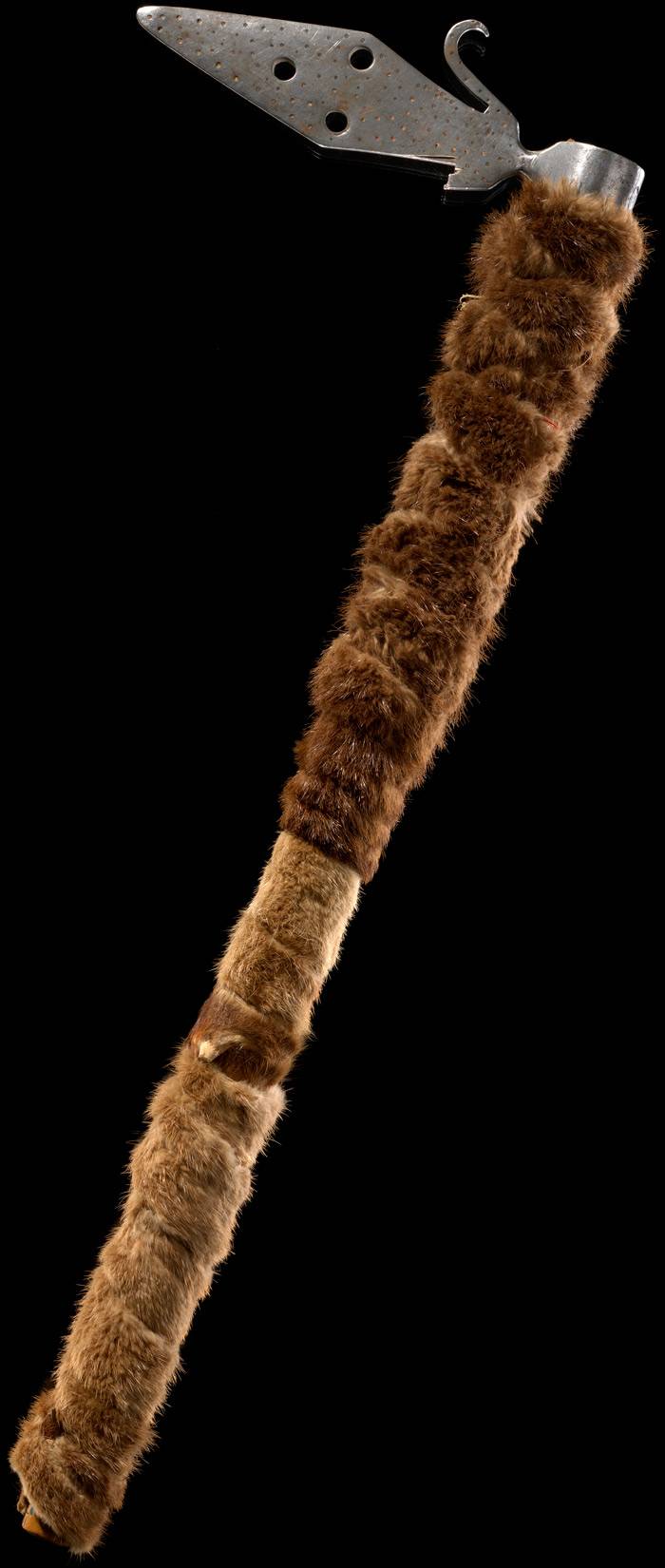
The Indians had a difficult life, and most importantly, they constantly had to fight for areas convenient for hunting and grazing horses, and many men died in these skirmishes. So, around 1856, a fierce battle between the Washaki tribe and a large group of Crow Indians occurred precisely due to rivalry over hunting grounds. Interestingly, a white boy named Elijah Wilson, who, by coincidence, lived for two years in the family of the leader Vashaki, witnessed this event. In this battle, he said, killed more than 50 Shoshone warriors and 100 crow.
Another clash took place in March 1866, when the Crow Indians, led by the leader of the Great Shadow, settled down along the Vetra River, and the Vashaki tribe was nearby. Upon learning that the crow was nearby, he sent for negotiations with his wife and warrior, who told the leader of the crow that he was glad to see them, but offered to hunt further to the east, since they were on the Shoshone-owned Wind River.
But the leader of the crow considered (everything was just like in Bernard Schulz’s story “The Error of the Lonely Bison”) that the crow was brave warriors (and, most importantly, there were a lot of them!), And the shoshone were “cowards and dogs”. Therefore, he ordered the death of a warrior-parliamentarian, and with his wife Vashaki told him that they were ready to fight.
Shoshonov was indeed smaller than the Crow, so Vashaki sent a messenger to the cannons, the allies of the Shoshone, whose camp was a few miles south. Bannocks joined the Shoshone, attacked the crow camp, and besieged them on the hill. The siege lasted five days, but neither the attackers nor the defenders were able to gain an advantage.
Crow's forces were running out, and Big Shadow decided to challenge the leader of Washaki to a duel to solve the matter by martial arts. At the same time, they persuaded that the valley of the Wind River belongs to the winner, but if he loses the battle, the crow will get the right to leave in peace.
The distance between the tribes was chosen so that no one could help them or place them. And then everything happened as it was shown in the movie “Winnetu is the leader of the Apaches”, where Winnetet had to fight the leader of the Comanches Big Bear as well. Each leader mounted his beloved horse, armed with spears and shields made of leather from the neck of a bison bull, and rushed at each other, and the crow and the Shoshone watched them in silence.
In the dust clubs, it was difficult to discern who was winning, but then everyone saw Vashaki returning to his tribe and the Crow leader, spread out on the ground. Moreover, Vashaki was so delighted with the courage of his defeated opponent that he did not scalp him, but cut his heart out and brought it to his camp, planting it on a spear! And then, after the girls-shoshonki danced the scalp dance, he ... ate it to “take” his courage in this way. Well, one of the captured Crow women became his wife. Such were the customs of the Indians of the Great Basin and the prairies at that time!
To be continued ...
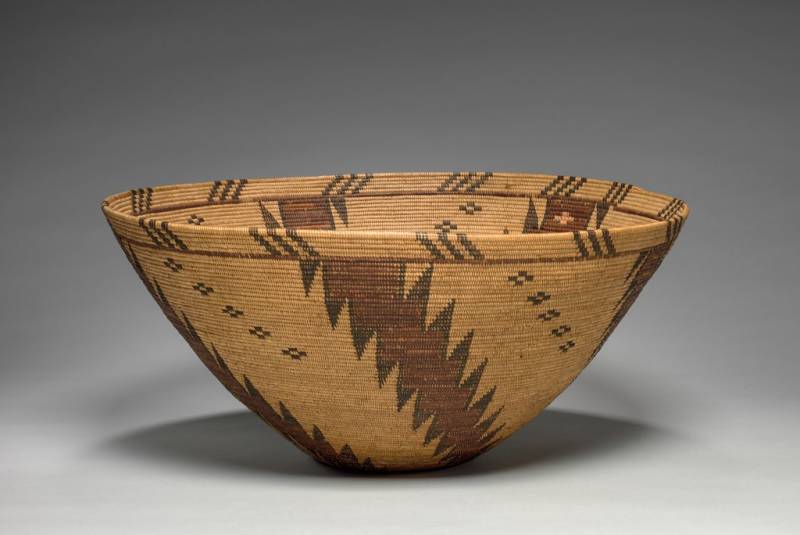
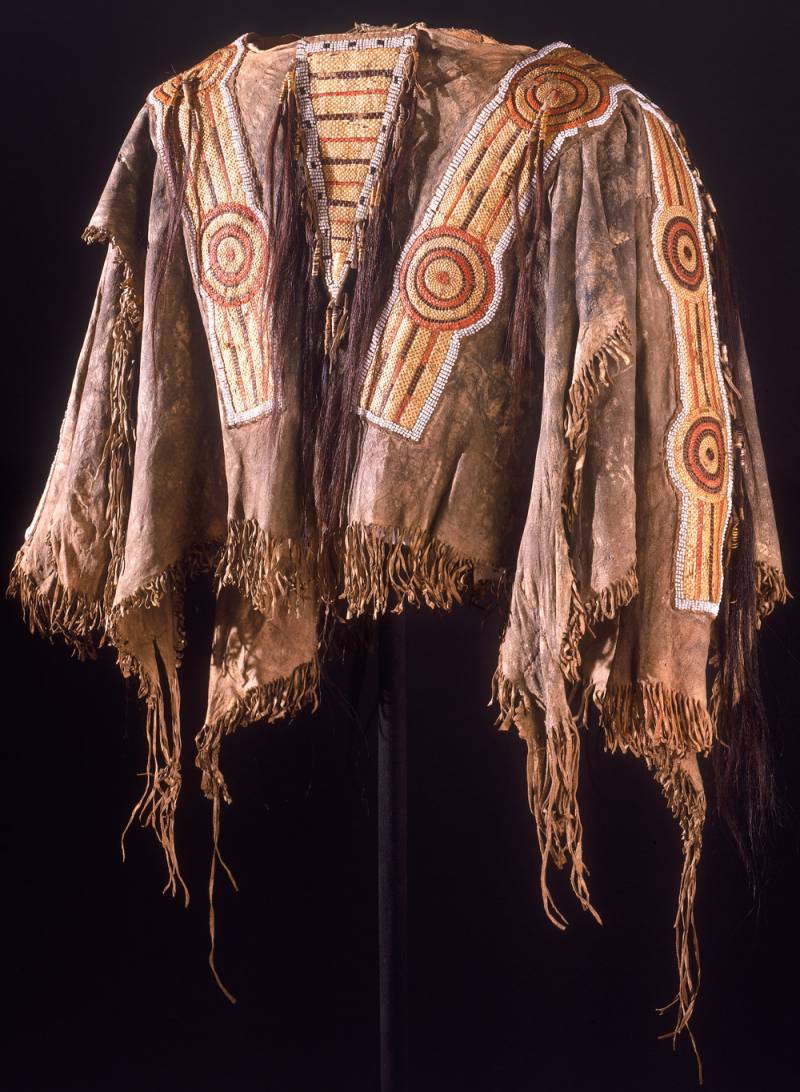
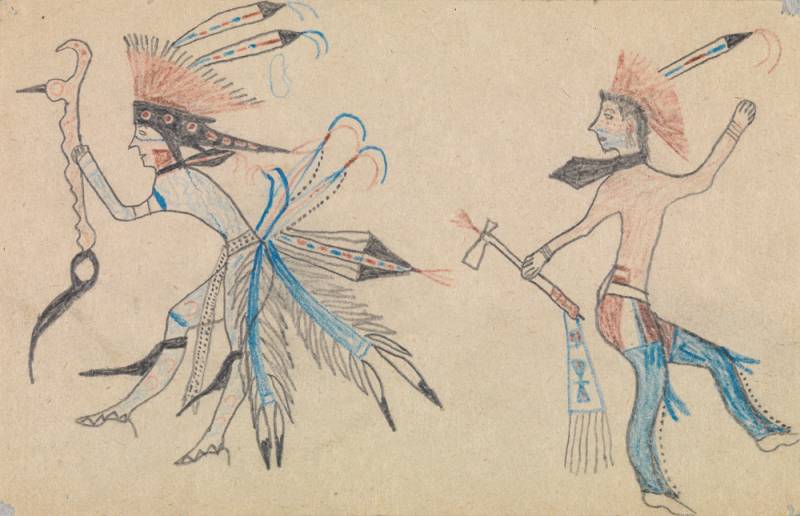
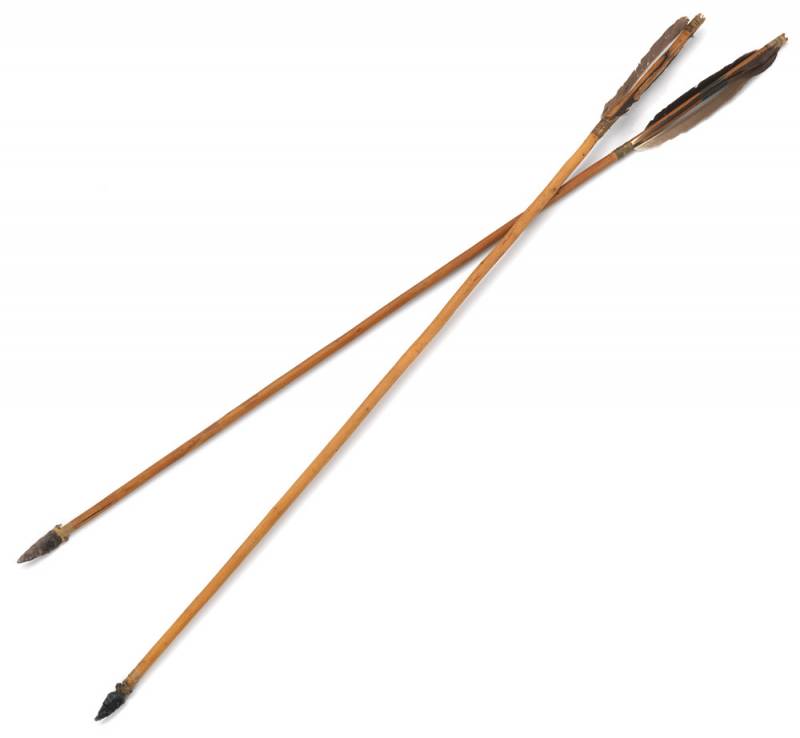
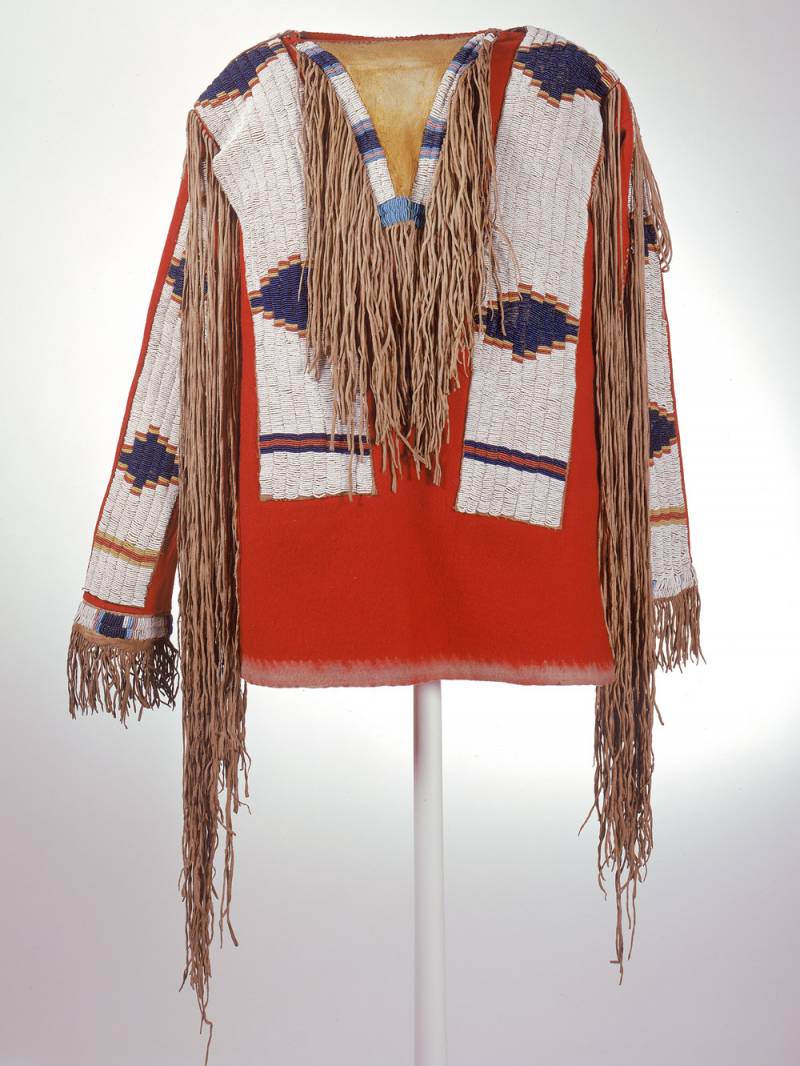
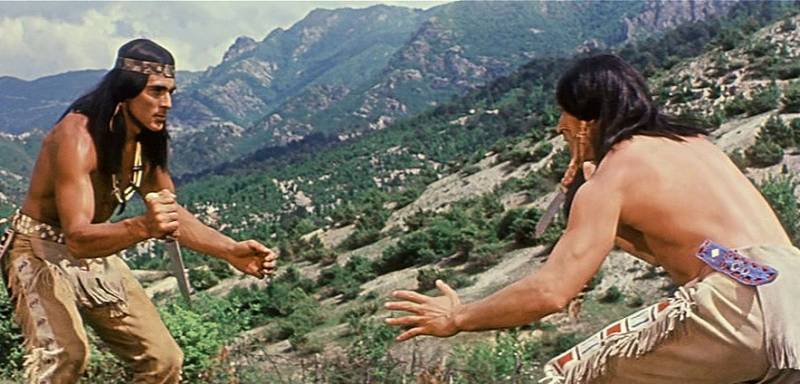
Information